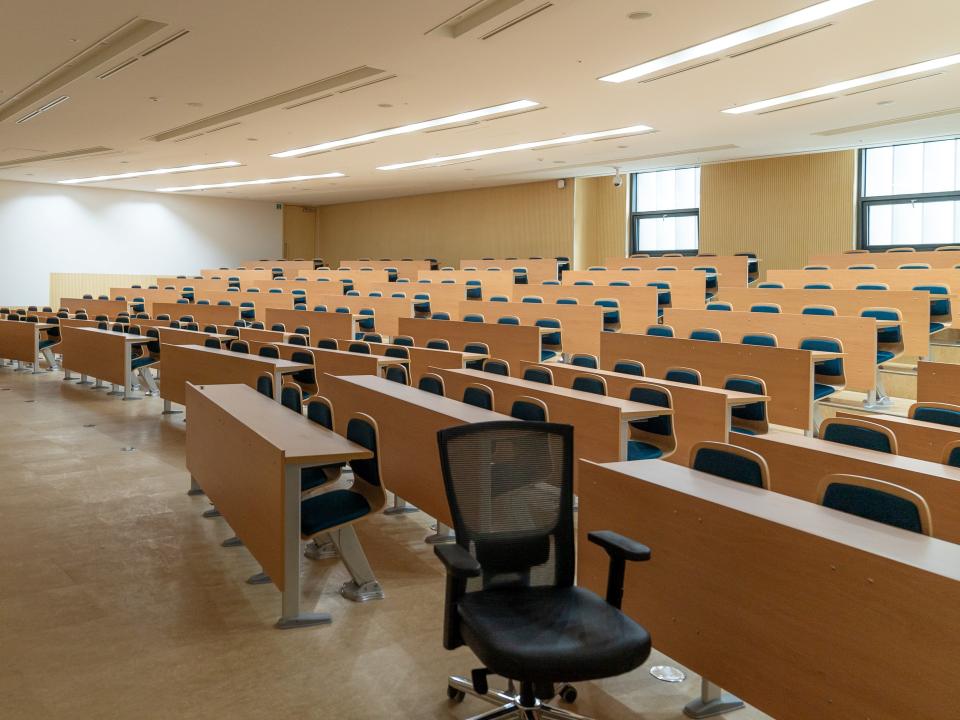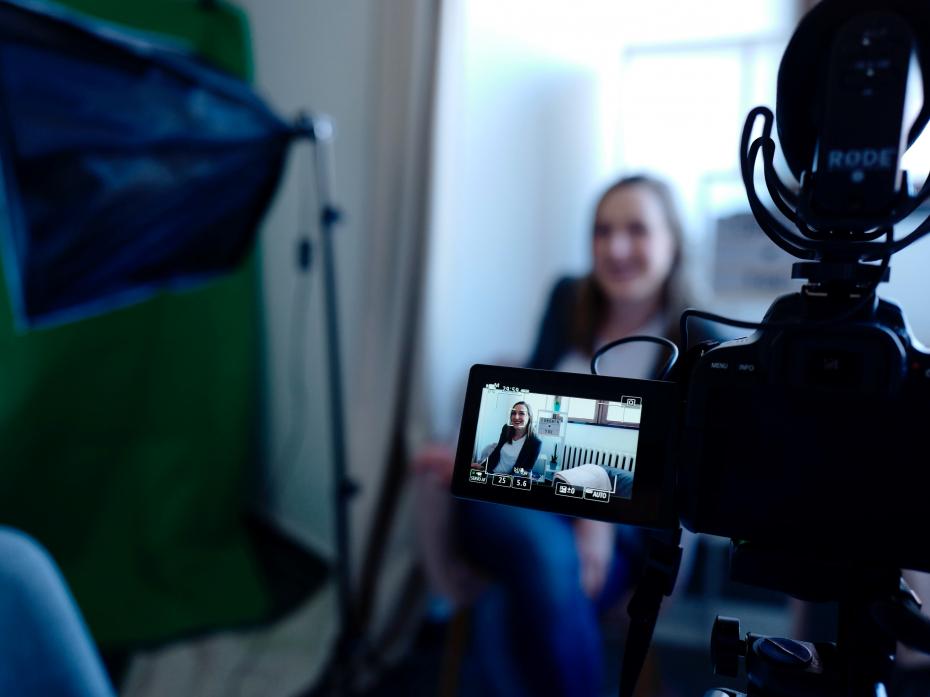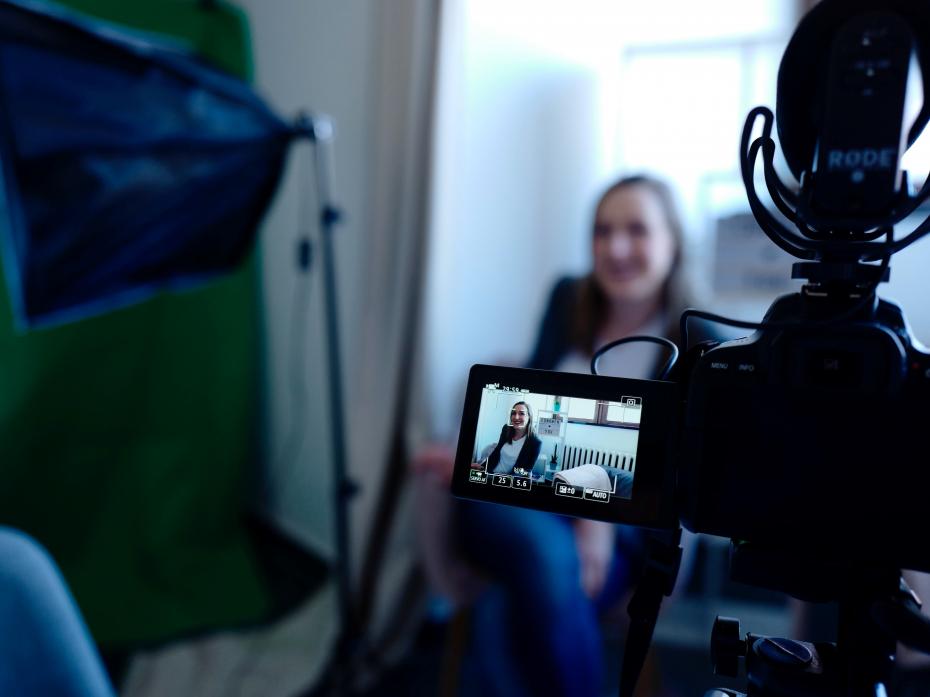Lecture limitations
Until recently, there has been one constant in the delivery of teaching in higher education that no longer sits comfortably with what we know about student learning: lectures.
While lectures might have changed slightly due to technology, it has been a process of substitution rather than redefinition: from chalkboards to overhead projectors to PowerPoints and now, accelerated since the Covid-19 pandemic, to online.
The traditional lecture requires one-way delivery of information, giving students little opportunity to do anything immediate or active with that information. For learning to be deeply internalised, students need to apply information in context for themselves. Other modes of teaching provide a much better structure for achieving this.
So why has the traditional lecture endured? Possibly because it has been the most efficient way to impart information to large cohorts of students. Until now.
Clever use of technology now gives us the ability to reach hundreds of students through more interactive, engaging and flexible teaching styles.
Redefining the lecture
If we are to truly redefine the lecture, we must determine the most appropriate format for online content, enhanced with interactive and collaborative learning.
For some disciplines, this may be a longer video providing a single narrative, but we must be realistic about how long students will remain engaged online.
Feedback from our students indicates a key factor in their engagement is the quality of the materials. They do not expect Spielberg-level production values – rather that the material is bespoke and fit for purpose. They want digital content that has been designed for use online, and not recycled from older versions of the course, such as a whole long lecture recorded and posted online.
In a content-heavy discipline such as biochemistry for example, we use a series short videos, with student feedback indicating that this facilitates learning and revision of challenging sections.
Content in our large biochemistry unit, of 400-plus students, is now taught using a combination of:
Short lecture videos: For biochemistry, our approach is to divide the content into several short videos. We have found that videos of up to 10 minutes in duration provide the best balance between delivering information and adult attention span. Student feedback indicates that this also provides them with greater flexibility in scheduling their learning, and a recurring sense of achievement.
‘Lecture’ notes: Full sets of notes are available from the beginning of the teaching period. These notes comprise content from multiple videos, aiding students in integrating their learning. Lecture notes also represent an essential offline learning tool, particularly for students with limited internet access.
Review questions: These include multiple-choice self-test questions, practice calculations related to laboratory content, and broader questions based on the learning outcomes for the unit. The latter questions aid students in consolidating their learning and provide valuable preparation for assessment tasks.
Self-paced online lessons: Particularly useful for challenging topics, these structured online activities allow students to work through interactive lessons that are often written using tools such as H5P. Data show that students often repeat these activities numerous times, indicating their value in facilitating learning.
Optional extension videos: The move to sharing content online has made it easier to take advantage of the wealth of online video content freely available on platforms such as YouTube. In addition to providing alternative videos for core content, we include optional extension material for students. These include case studies and relevant media coverage, highlighting practical application of the topic.
Readings from textbooks and primary literature: Textbook readings are not new, but sharing lecture content online allows it to be more easily integrated into the learning process. Curated textbook readings can provide an important alternative voice in aiding students to understand key concepts. Online delivery allows primary literature to be easily incorporated, providing a more authentic learning experience.
Live online workshops: Following a loose structure, we use these workshops to discuss and review content and learning outcomes and to allow students to ask questions. A key feature is working with students to consolidate their learning from the various sources. These sessions have provided valuable time for interaction between staff and students, via video and text chat. The main tool we use is Blackboard Collaborate.
We do not expect every student to use all these tools but in providing options, we ensure every student has what they need to achieve the desired outcomes, whatever their preferred style of learning.
We must take a student-centred view and redesign “lectures” in the light of what we know about how students learn. Structuring the content to make it more “learnable” is as important as the content itself.
Aligning the course delivery, learning activities and assessment with learning outcomes makes it easier for students to understand what, how and, most importantly, why they need to learn.
Academics can feel daunted by the need to redefine lectures and move beyond providing content. Fostering a growth mindset and taking a collaborative approach, working with learning designers, media developers and academic colleagues helps.
It is worth the effort once they are able to see how designing and guiding students through an active learning journey leads to greater success.
Kylie Readman is pro vice-chancellor, education, Garth Maker is a senior lecturer in biochemistry and Astrid Davine is manager for digital design, all at Murdoch University.




comment